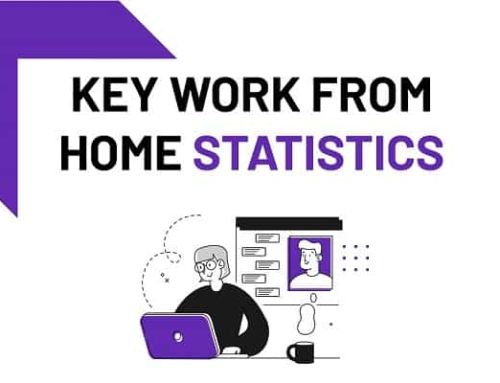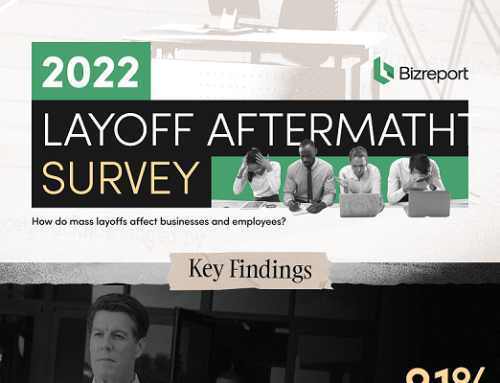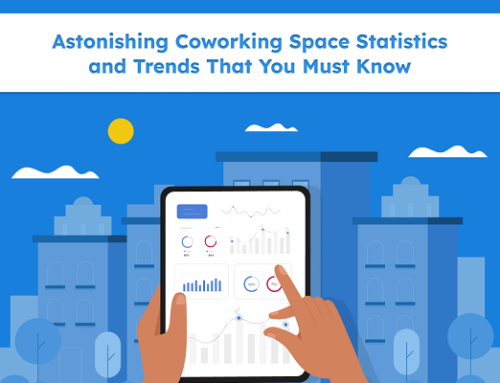Right now, your team is probably in a huddle, discussing this year’s recruitment trends coming from HR visionaries and experts. Some of these might be rather obscure for you at this point, especially if you belong to other schools of thought about talent acquisition, for example.
Also read: 5 Marketing Trends that Are Shaping the Recruitment Industry
To give you a clearer idea of how your company can benefit from these trends, we’re breaking them down for you and offering a few tips to help you implement them in your workforce properly.
1. Artificial Intelligence (AI) on the Rise
AI is certainly the biggest game changer across industries, HR included. In fact, LinkedIn reports that AI is acting as a boon for recruiters and hiring managers, helping them in their candidate sourcing, screening, and nurturing initiatives.
Machine learning is also paving the way for the removal of bias, and it works efficiently in delivering the best candidate matches based on their skills.
Your company could utilize chatbots to answer questions about your job ads from potential applicants. If a particular candidate shows loss of interest reading through your chatbot’s detailed response, the bot will be able to sense that and remove the candidate from the pool—allowing your team to spend more time screening and qualifying more interested, suitable candidates.
2. The Power of Big Data and Data Analytics
Big data is equally transforming hiring and employee retention campaigns. With the volume of data available at your disposal, you should have a data analytics system in place. This could help you identify the connections between various data points and use those insights to make well-informed hiring decisions.
Also read: Big Data: The key to effective employee engagement
When it comes to retaining talent, data can help you understand and resolve the issue as to why your employees are leaving. Is it the lack of opportunities for promotion within teams or the lack of compensation upgrade programs? The answers to these questions are all in your data—you only need to mine your data better.
3. Redesigned Interview Strategies
The interview process is a crucial phase in recruitment, so it only makes sense to invest in this area more. Video conferencing, for example, is being leveraged for screening candidates for remote work when it’s next to impossible to transport them into your office for a face-to-face interview.
Apart from video assessment, virtual reality technologies are also effective in assessing skills in simulated work environments. Are you curious how your applicants would fare in a task-based problem?
Instead of requiring candidates to describe the steps they would do, in which you might only elicit rehearsed responses, ask them to demonstrate the approach they would be using in the virtual world, you have created.
4. Positive Candidate Experience
A positive candidate experience is synonymous with good employer branding. When candidates find your hiring process smooth and efficient, they’re more likely to accept your job offer and tell others about their experience with your recruiting cycle.
By contrast, job seekers find it frustrating when information about job descriptions is scarce or when there’s lack of feedback from the company about the status of their application.
Also read: Your Guide To Employee Experience Mapping
You could use HR software to improve the overall experience of candidates with your company. The software could help you shortlist candidates, create a talent tool, and send out instant replies through automatic acknowledgment emails.
You should also have a messaging platform where applicants could reach out to you with any of their concerns or questions about the job ad.
5. Employee Wellness Programs
Health and wellbeing policies will be at the core of HR management in 2018, thanks to the growing number of millennials in the workforce and their demand for a personal time while in the office.
At the same time, we’re in the digital age where you could easily tap technology such as pulse feedback tools, employee wellness apps, and other communication and collaboration platforms to help you nurture your employees’ well-being.
6. An Alternative Work Option in the Gig Economy
The “Gig Economy” is “a labor market characterized by the prevalence of short-term contracts or freelance work, as opposed to permanent jobs,” according to BBC’s definition.
While contract work has long been going on, it’s worthy to note that companies are being more flexible nowadays such as by allowing telecommuting for their employees.
This may prove to be advantageous for your business if you are trying to save on overhead costs while retaining your competitiveness with a talent pool that you could tap for in-demand jobs.
As we see new working styles emerge through time, your company should be ready to accommodate employees who work on flexible hours and remote settings. Your talent acquisition team will then need to be more proactive in managing your company’s networks of talent whether external or internal to help you expand your candidate pool and retain high-performing employees.
These trends are expected to impact the way companies source talent globally, and hopefully, your recruitment strategies for 2018 will give enable you to find candidates with the best fit for your business.
Infographic Source: Manila Recruitment
![[Infographic] 2018 Recruitment Trends According to Experts](https://149362086.v2.pressablecdn.com/wp-content/uploads/2018/01/Infographic-2018-Recruitment-Trends-According-to-Experts.png)





Leave A Comment